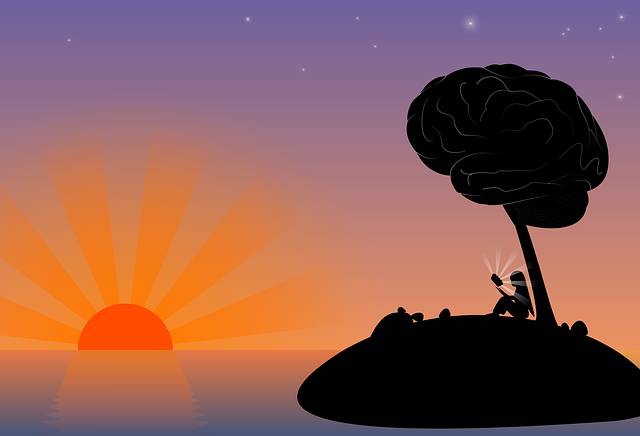In the realm of public psychology, the concept of heroes and their representation through statues carries profound implications for societal moral standards. Heroes, whether historical or contemporary, are often elevated to iconic status through public monuments, which serve not only as physical tributes but also as symbols of moral excellence and inspiration. This phenomenon raises several critical questions: How do these statues influence our perception of morality? What ethical considerations are involved in the creation and preservation of such monuments? And, perhaps most importantly, how do these representations shape our collective understanding of heroism and ethical behavior?
To begin with, the presence of statues in public spaces inherently influences the way we perceive and internalize moral standards. Psychologically, exposure to heroic figures, especially in a visual and tangible form like a statue, can reinforce certain behavioral norms and expectations. This is supported by research in social psychology that suggests that symbolic representations of heroes can serve as powerful cues for moral behavior, influencing not only individual actions but also broader social norms.
Moreover, the choice of who is memorialized through a statue is not without ethical considerations. The process of selecting historical figures for such honor involves a complex evaluation of their actions and impact, often through the lens of contemporary moral standards. This raises the issue of historical context and the potential for moral judgments to evolve over time. For instance, a figure celebrated in one era might be viewed quite differently in another, as societal values shift and new information comes to light. This dynamic poses a challenge for communities seeking to maintain statues that reflect both historical accuracy and contemporary ethical sensibilities.
Furthermore, the presence of statues can have a significant cultural impact. They serve as points of collective memory, shaping how a society remembers its past and understands its present. This can be particularly evident in cases where statues are removed or replaced in response to changing moral assessments. Such actions can spark debates about the role of history in shaping current values and the extent to which we should revise our public spaces to reflect evolving moral standards.
In conclusion, the relationship between heroes, statues, and moral standards is a complex and multifaceted one. Statues of heroes not only reflect our collective moral aspirations but also actively shape our perceptions of what is right and wrong. As we navigate the ethical complexities of memorializing historical figures, it is crucial to consider the psychological and cultural implications of these representations. By doing so, we can better understand how to use statues as tools for promoting ethical behavior and fostering a shared sense of moral identity within our communities.




发表评论 取消回复